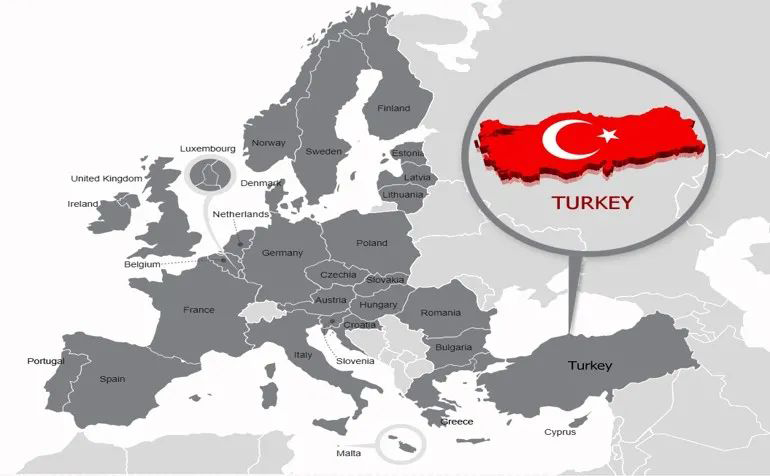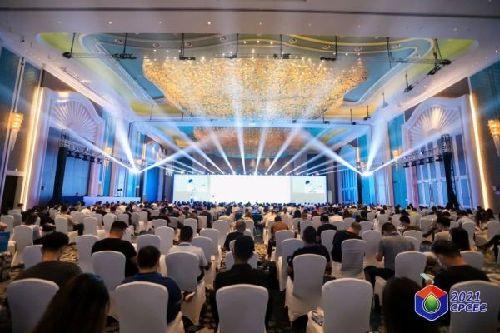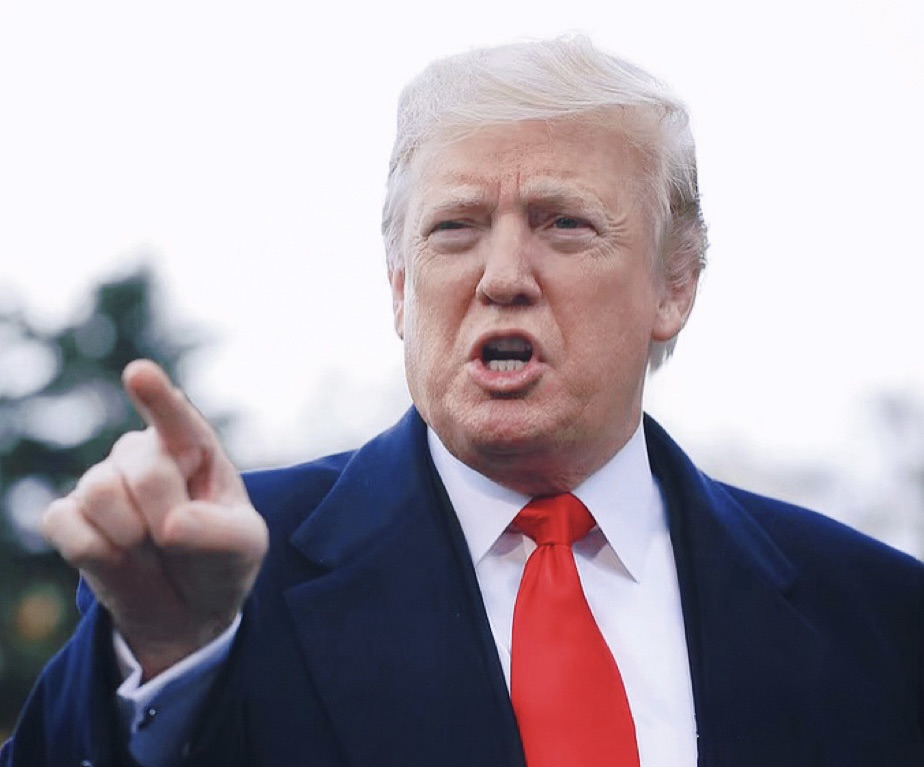
September Observation | New Trends in Global Trade: Rate Cut Expectations, Trade Frictions, and Cross-Border Regulations Take Effect
“Expectations of a Federal Reserve rate cut are growing, China has launched an investigation into U.S. discriminatory policies in the semiconductor sector, and several new cross-border regulations are set to take effect in October. These developments will profoundly impact foreign trade trends in the fourth quarter, requiring close attention from businesses.”
This month, the global trade and economic landscape has seen multiple significant signals. Expectations of a Federal Reserve rate cut are growing, China has launched an investigation into U.S. discriminatory policies in the semiconductor sector, and several new cross-border regulations are set to take effect in October. These developments will profoundly impact foreign trade trends in the fourth quarter, requiring close attention from businesses.
I. U.S.-China Trade Dynamics: Dialogue and Investigation Advance Simultaneously
From September 14 to 17, the United States and China held economic and trade talks in Spain, focusing on cooperative issues and disagreements in sensitive industries. At the same time, China announced the initiation of an investigation into U.S. restrictive measures in the integrated circuit sector, accusing them of violating fair trade principles.
Key Insights:
Although bilateral dialogue continues, indicating both sides’ willingness to ease friction through negotiation, sectors such as semiconductors and high-end manufacturing will remain focal points of contention. Relevant export enterprises should closely monitor policy changes, diversify their supply chains in advance, and guard against disruption risks.
II. New Regulations Effective in October: Mandatory Reporting of Client Information for Agent Export
Starting in October, China will further standardize the agent export declaration process, requiring enterprises to simultaneously report detailed client information. This policy primarily targets regulatory loopholes in "procurement agency export"and "entrepôt trade," aiming to enhance trade transparency and prevent money laundering and tax evasion.
Impact on Enterprises:
⇘ Companies engaged in procurement agency and consolidated export must improve their client information filing mechanisms.
⇘ E-commerce platforms and agent export entities should ensure the accuracy and compliance of customs declaration information.
⇘Violations will result in heavy penalties; it is advised that enterprises adjust their processes and strengthen compliance reviews as soon as possible.
III. Impending Fed Rate Cut: Exporters Must Monitor Exchange Rate and Order Fluctuations
The Federal Reserve is scheduled to hold its policy meeting on September 16–17. Market expectations widely point to a rate cut, with former President Trump publicly calling for "a big rate cut." If implemented, this would mark the first policy shift since last December.
Potential Impacts:
⇘A weaker U.S. dollar and increased volatility in the RMB exchange rate will require enterprises to pay closer attention to the timing of foreign exchange settlements.
⇘Lower financing costs may boost overseas buyers' purchasing demand, benefiting export orders.
⇘However, vigilance is needed against capital outflows from emerging markets and the transmission of exchange rate risks.
Global News Brief | Policies, Markets, Data
•U.S. Monetary Policy: Markets expect the Fed to cut rates soon; Trump advocates “a big cut.”
•New Zealand Services Sector: Remained in contraction in August, marking the 18th consecutive month of decline.
•Brazilian Export breakthrough: Singapore approves imports of Brazilian tallow for biofuel production.
•Cost Pressure Survey: A Freightos report shows nearly half of companies face cost increases exceeding 20% due to U.S. tariff threats.
•Sanction Risk Warning: Moody’s warns the U.S. may impose new sanctions on Brazilian aircraft, oil, juice, and other industries.
•Uranium Reserve Strategy:The U.S. plans to expand its uranium reserves to reduce reliance on Russia.
•India-U.S. Trade Negotiations: The two countries will hold a new round of trade talks in New Delhi on Tuesday.
•Maersk’s New Rule: Strict checks on cargo misdeclaration, with fines up to $15,000 for violations.
Domestic Policies and Data Insights
•China’s Ministry of Commerce confirms U.S.-China talks in Spain.
•China initiates an anti-discrimination investigation into U.S. restrictions on integrated circuits.
•New agent export regulations take effect in October, strictly prohibiting concealment of client information.
•Shanghai introduces 13 measures to promote used car exports, targeting an annual average of 50,000 units.
• China continues to lead globally in small household appliance exports in 2025.
• From January to August, 9,626 China-Central Asia freight trains were launched, a year-on-year increase of 22.7%.
•Beijing Port records over 15 million inbound and outbound passenger trips, an 18% year-on-year increase.
• Dongguan introduces subsidies for logistics drones, offering up to RMB 500,000 per route.
• The total revenue of China’s top 500 enterprises in 2025 exceeds RMB 110 trillion, with the entry threshold rising continuously.
Conclusion: Balancing Opportunities and Risks, Compliance and Agility Are Key
Amid high uncertainty in the international trade environment, enterprises must enhance compliance management and market responsiveness while monitoring monetary policies and changes in trade rules. Leveraging policy benefits and mitigating risks will be central to foreign trade development in the fourth quarter.









![[Regional Tensions Escalate Dramatically] Thai-Cambodian Diplomatic Relations Plunge! Reciprocal Sanctions Intensify](/upload/images/2025/7/a6a8b9d93bfbe77b.jpg)



